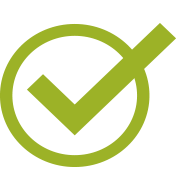Catalog Description
Formerly known as ART 1E
Hours: 54 lecture
Description: Surveys women in the arts of western civilization both as art subjects and artists. Includes introduction of critical approaches to gender, class, race, sexuality, and identity as they influence art production and representation in various cultures and time periods. (CSU, UC)
Course Student Learning Outcomes
Effective Term
Course Type
Contact Hours
Outside of Class Hours
Total Student Learning Hours
Course Objectives
General Education Information
- Approved College Associate Degree GE Applicability
- CSU GE Applicability (Recommended-requires CSU approval)
- Cal-GETC Applicability (Recommended - Requires External Approval)
- IGETC Applicability (Recommended-requires CSU/UC approval)


